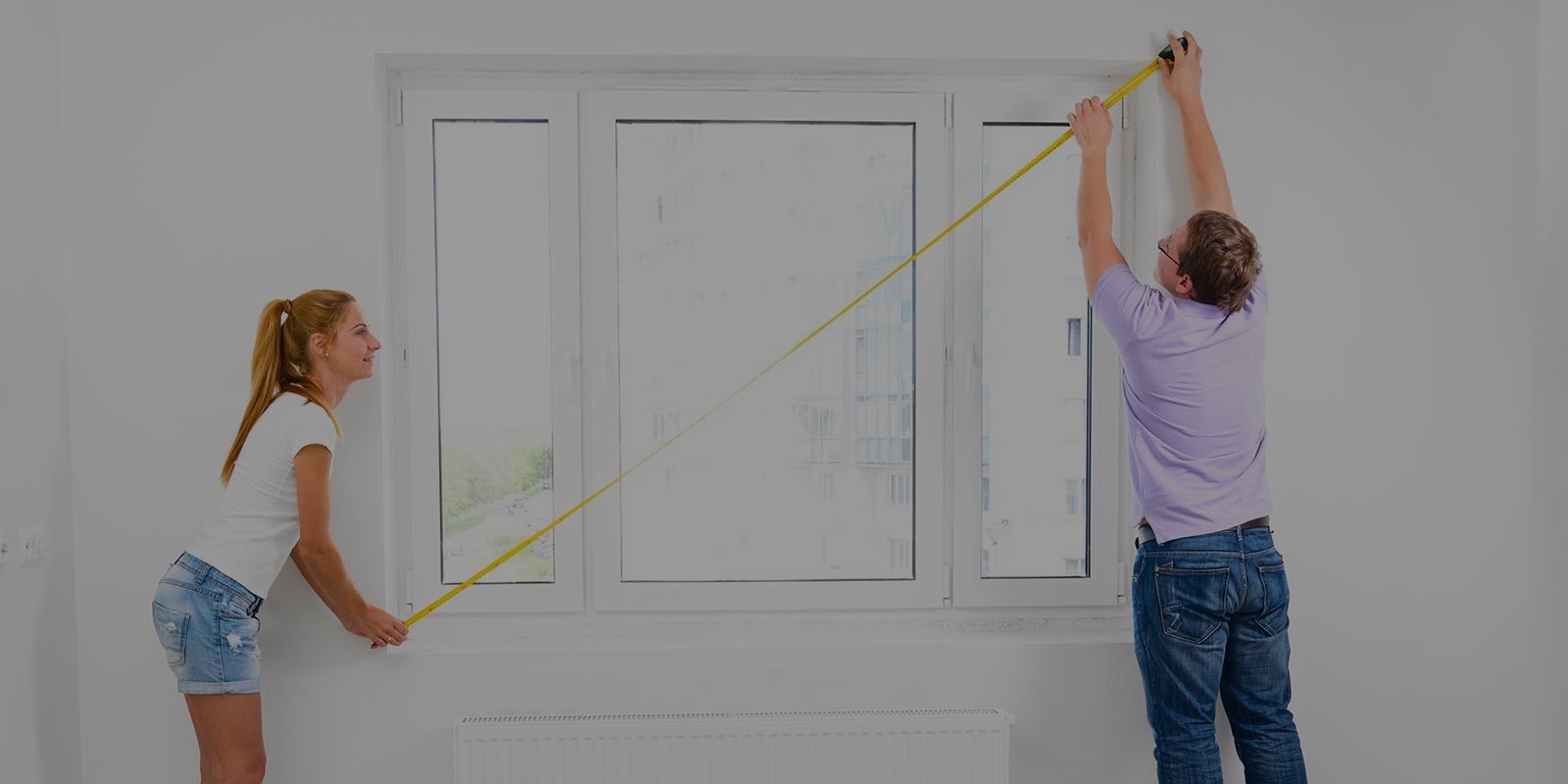Essential Tips for Transporting Your Bed and Mattress
Posted on 04/06/2025
Essential Tips for Transporting Your Bed and Mattress
Moving to a new home can be exciting, but transporting your bed and mattress often presents an unexpected challenge. Beds and mattresses are hefty, awkwardly shaped, and require special handling to avoid damage, dirt, or discomfort down the line. Whether you're hiring movers or handling everything yourself, having a plan for moving your mattress and bed, understanding prep work, and knowing how to avoid common mistakes can make a world of difference. Below, you'll learn the most important recommendations for safely and efficiently moving your bed and mattress -- so you can sleep soundly in your new space!
Why Proper Transport is Crucial for Beds and Mattresses
Mattresses and bed frames are often expensive, and improper handling during a move can lead them to lose support, get dirty, or sustain serious damage. Even a few bumps can cause sagging or structural issues that impact your comfort. Moving your bed and mattress the right way ensures:
- Preservation of mattress integrity and comfort
- Prevention of stains, dirt, and pests
- Minimization of accidental damage
- Quick and hassle-free reassembly in your new home
With a bit of planning, the whole process can become much less stressful!

Preparing Your Bed and Mattress for Transport
1. Strip Your Bed and Clean Thoroughly
Start by removing all bedding, pillows, and mattress protectors. Take this opportunity to wash your bedding and vacuum your mattress for a fresh start in your new home. Make sure the mattress is completely dry before wrapping or packing.
2. Break Down the Bed Frame
Disassembling your bed frame makes transportation safer and easier. Most beds are designed for assembly and disassembly, so grab your tools and follow the manufacturer's instructions. As you take apart the frame, be sure to:
- Keep all screws, nuts, bolts, and small pieces in a labeled bag
- Photograph tricky steps to help with reassembly
- Label the frame components (headboard, slats, legs, etc.) for easy identification
3. Use Protective Mattress Bags
Before you move your mattress, slide it into a mattress bag or heavy-duty plastic cover. These inexpensive but crucial covers protect against dust, moisture, odors, and even potential bedbugs. For added safety, use moving blankets on both the mattress and bed frame.
4. Secure All Components
Wrap each bed part in padding or bubble wrap, especially for delicate wooden or upholstered frames. This step minimizes dings and scratches during moving and handling. Use strong tape to secure wrap, but avoid taping directly on surfaces to prevent residue.
Mattress Transport Safety Tips
1. Don't Bend or Fold Your Mattress (Unless Designed to)
Modern memory foam, latex, and innerspring mattresses should not be folded, as it can cause permanent damage or void the warranty. Only mattresses labeled as "roll-up or foldable" can be safely compressed for transit. Instead, always keep your mattress as flat as possible during the move.
2. Team Up with a Friend or Get Professional Help
Maneuvering a heavy bed or mattress is a two-person job. Ask a family member or friend to help, or consider hiring professional movers for larger or more expensive beds.
3. Use Furniture Dollies and Straps
Transportation is much easier with the right tools. Use a furniture dolly to move mattresses or bed parts through hallways and into the moving van. Secure everything with ratchet straps, especially if you're transporting your mattress on top of a car or truck bed.
4. Protect Your Mattress from the Elements
If your mattress will be exposed to rain or snow, ensure your mattress protector bag is properly sealed. For transport on an open truck, add an extra plastic sheet or tarp for additional water resistance.
How to Transport Your Mattress
1. In a Moving Truck or Van
The safest way to move your mattress is inside a covered moving truck or van. Here's how to do it right:
- Lay the mattress flat to prevent sagging; avoid propping it upright if possible
- Place the mattress on top of other items, never underneath heavy loads
- Use straps to prevent shifting during transit
- If short on space, the mattress can be placed standing up, provided it's tightly secured and not at risk of bowing
2. On Top of Your Car
Transporting your mattress on a car roof is only recommended for short distances, and only if you can secure the mattress very tightly. Otherwise, you risk the mattress blowing off or becoming damaged. If you must:
- Place the mattress flat on the roof rack (never fold it)
- Wrap the entire mattress in a protective bag and tarp
- Secure with multiple ratchet straps or heavy-duty rope, tied through open windows (never around only the roof rack, as these can snap)
- Drive slowly and avoid highways; check straps at regular intervals
Note: Always check your local laws before transporting large items on your car roof.
3. Hire a Mattress Delivery Service
If you have a heavy, king-sized mattress or face tricky stairs and tight corners, consider hiring a specialty mattress delivery or moving service. They'll provide proper handling, packaging, and routes suitable for safely moving your bed and mattress without stress.
Expert Advice on Dismantling and Packing Your Bed Frame
- Follow Manufacturer Instructions: If you kept your assembly manual, use it as a guide for careful dismantling.
- Disassemble in Logical Order: Start with removing the mattress and slats, then the headboard, footboard, and finally, the main frame.
- Protect All Surfaces: Use moving blankets or bubble wrap to cover wooden parts and avoid chips or scuffs.
- Bag and Label Hardware: Place all screws and bolts in a small plastic bag, labeled with the corresponding bed frame part. Tape the bag to the headboard or keep in a safe, easily accessible place.
- Take Photos as You Go: Document each step for easier bed frame assembly at your new location.
Transporting Different Types of Mattresses
1. Innerspring Mattresses
Traditional innerspring mattresses are relatively firm and retain their shape, but need to be kept flat and covered during a move. Avoid placing heavy objects on top, as this can deform the springs.
2. Memory Foam and Latex Mattresses
Memory foam and latex beds are heavier and more flexible, making them awkward to carry. You should never fold or bend them sharply, as creases can lead to permanent damage. Always keep them flat, fully protected, and handle with at least two people.
3. Hybrid Mattresses
Hybrids combine foam and springs, so they must be kept flat and dry to avoid damaging either component. They're usually heavy, so plan for extra help during transport.
4. Rollable and Bed-in-a-Box Mattresses
Some newer mattresses are designed to be rolled or compressed. If so, follow the manufacturer's instructions precisely. Do not attempt to compress a mattress not formatted for this type of transport, or you risk destroying it.
Tips for Moving a Bed and Mattress in Apartments or High-Rise Buildings
- Protect Common Areas: Use corner guards and blankets on elevator walls to prevent accidental damage to common property.
- Measure Entryways: Double-check dimensions of hallways, door frames, and elevators before you begin moving larger mattress sizes.
- Reserve the Elevator: Many buildings require tenants to book elevators for large moves to minimize inconvenience to others.
- Communicate with Management: Notify building management about your move to avoid conflicts or surprises.
Common Mistakes to Avoid When Transporting Beds and Mattresses
- Dragging the Mattress: Avoid dragging your mattress along floors, as this can rip fabric and introduce dirt or pests.
- Skipping the Mattress Bag: Even short moves can expose your mattress to contamination. Always use a mattress protector.
- Misplacing Hardware: Failing to label and store bed frame hardware leads to frustrating reassembly delays.
- Overtightening Straps: While you want your mattress secure, overtightened straps can deform it -- aim for snug, not squashed.
- Ignoring Weather Forecasts: A sudden rain shower can ruin an unprotected mattress. Always check for weather updates and be prepared with plastic sheeting.
What to Do After Arriving at Your New Home
1. Inspect for Damage
Upon arrival, immediately remove all packaging and look for any signs of damage or moisture. Address any issues promptly to avoid long-term problems.
2. Allow the Mattress to Air Out
Mattresses can pick up odors while in storage or transit. Place your mattress in a well-ventilated space for a few hours, flipping it halfway through, before use or making the bed.
3. Reassemble the Bed Frame Carefully
Use your labeled hardware, follow your disassembly photos, and tighten all bolts securely. Make sure the bed is stable and level before replacing the mattress.
4. Check for Level and Support
Ensure the bed doesn't rock or wobble and that your mattress is properly supported. This is especially important for some slatless or platform beds, where improper assembly can lead to premature wear.

When To Replace Your Mattress or Bed Frame
During the moving process, it's a good time to evaluate if your bed or mattress is showing signs of wear and might need replacing. Consider:
- Visible sagging or unevenness in the mattress
- Noisy springs or creaking frame
- Stains, odors, or signs of mold
- General comfort or support has diminished
If any of these apply, a move might be the perfect opportunity for a new mattress or frame, especially as many online retailers offer "bed-in-a-box" delivery to your new doorstep!
Final Thoughts: A Stress-Free Mattress Move
Transporting your bed and mattress doesn't have to be burdensome. With careful planning, the right materials, and a little help, you can protect your investment and ensure a comfortable start in your new home. Remember to wrap and protect everything, avoid common pitfalls, and take your time during both disassembly and reassembly. Whether you're moving across town or across the country, these bed moving tips will help you move your mattress and bed safely, so you get the restful night's sleep you deserve -- no matter where you are!
By following these essential tips for transporting your bed and mattress, you'll ensure your most important piece of furniture arrives in perfect condition, ready to welcome you to your new space.







